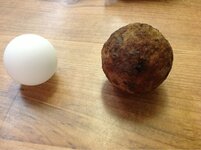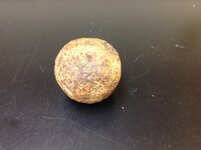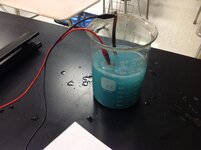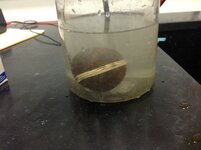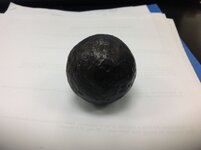TrpnBils
Hero Member
It's round, heavy, and cast iron. Is it a cannon ball?
Dug this today in an area that saw some troop movement during the CW. It's 2" in diameter and weighs 1lb 2oz but I assume it was slightly heavier when new. No obvious marks on it, and it seems smaller than I would have expected (pictured with it is a ping pong ball). Is this a projectile of some sort or just a very round piece of junk?
Dug this today in an area that saw some troop movement during the CW. It's 2" in diameter and weighs 1lb 2oz but I assume it was slightly heavier when new. No obvious marks on it, and it seems smaller than I would have expected (pictured with it is a ping pong ball). Is this a projectile of some sort or just a very round piece of junk?


